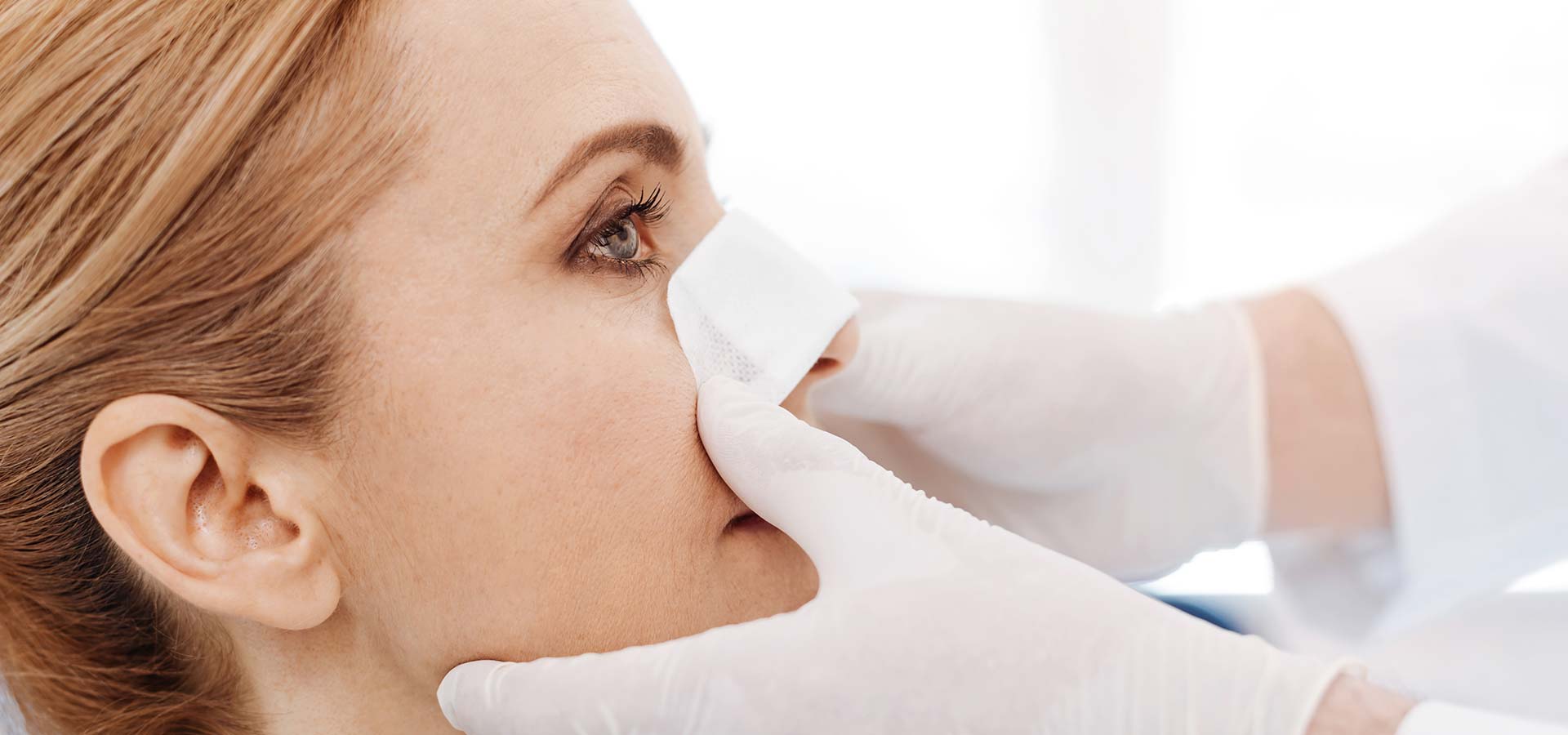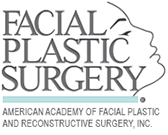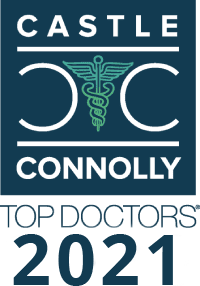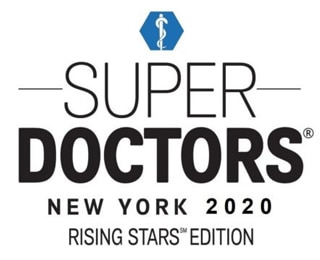Septoplasty or Deviated Septum Repair
The nasal septum is the wall inside the nose that separates the two sides. Crookedness or deviation of the nasal septum can lead to blockage of one or both sides of the nose. A deviated septum typically manifests after the complete growth of the nose at the end of teenage years. The cartilage and bones inside the septum become misaligned leading to airway blockage. Nasal trauma is a common cause of septum deviation; however, in a majority of patients, there is no clear history of nasal trauma. Septum deviation can cause snoring, recurrent sinus infections and dry mouth and throat.
Dr. Khosh is an expert in repair of deviated septum in New York, as well as other sinus and breathing enhancements. A deviated septum can be repaired through incisions within the nose, avoiding any visible scars, external swelling or bruising. Typically, repair of a deviated septum (septoplasty) does not alter the shape of the nose. Some patients choose to combine septoplasty with cosmetic nasal surgery (rhinoplasty). Combining septoplasty and cosmetic rhinoplasty is beneficial, since there is only one recovery from both procedures. In a minority of patients, the location of a deviated septum can cause an external nasal deformity. Septoplasty in these individuals will improve the external appearance of the nose, as well as lead to improved breathing.
Reducing the size of turbinates, repairing an external nasal fracture and repairing nasal valve obstruction are additional surgical treatments that may help improve nasal breathing. When clinically indicated, these other procedures can be performed simultaneously with a septoplasty.
Deviated Septum Surgery
Prior to recommending any surgery, Dr. Khosh will perform a thorough physical examination of the nose, including nasal endoscopy. In certain cases, a CT scan of the nose and sinuses may also be recommended. In individuals with chronic sinus conditions, sinus drainage procedures can be combined with a septoplasty. Dr. Khosh does not use packing inside the nose after surgery and patients can breathe through the nose immediately afterwards. Most patients can return to work within three days of septoplasty, but should avoid heavy exercise for two weeks. Deviated septum is a medical condition and the cost of surgery is typically covered by insurance companies.
Contact our office today to schedule a consultation with Dr. Khosh to see if this type of procedure might be right for you or a family member. We look forward to helping you breathe right again.
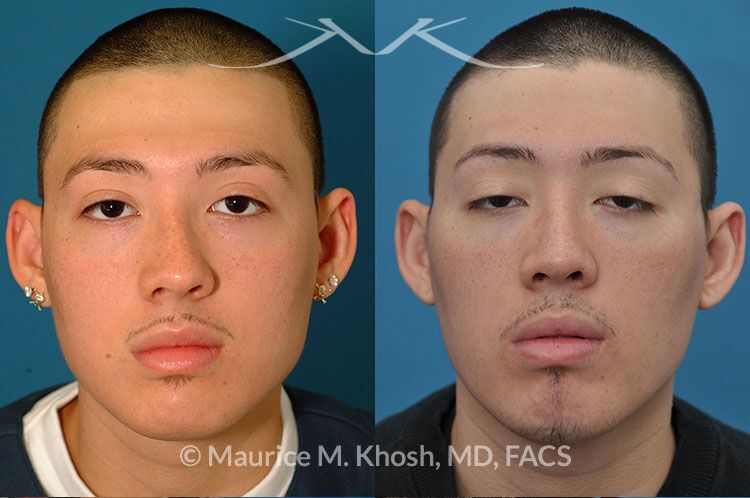
Case Study
This 17 year old presented with complaints of total nasal obstruction on the right side. Examination showed profound septum deviation to the right which was also causing external deviation of the nose to the left side. Septoplasty in this patient not only restored normal breathing, it also resulted in straightening of the nose.
- Patient: 17 year-old with nasal obstruction
- Problem: Severely deviated nasal septum
- Procedure: Septoplasty
Disclaimer: These are actual results for patients of Dr. Maurice Khosh. Plastic and cosmetic surgery results can vary between patients.
Frequently Asked Questions
-
General anesthesia is my preferred mode of anesthesia for performance of septoplasty. In general anesthesia, the patient is completely asleep and won’t feel any discomfort or remember anything. In patients who prefer sedation, the anesthesiologist administers medication to make them comfortable. The procedure is then undertaken while the patient naps.
-
Most patients do not require pain medication past the third post-surgical day.
-
Septoplasty only addresses the internal anatomy of the nose and does not alter the external shape of the nose. Rhinoplasty is a surgical procedure to change and improve the external nasal appearance.
-
The two surgical terms are often used interchangeably. However, there is a technical difference between septoplasty and SMR. In SMR, the deviated portions of the nasal septum are shaved or removed. In septoplasty, septum cartilage or bone is reconfigured so that it is no longer crooked or blocking.
Related Procedures
Septoplasty or deviated septum surgery can be performed simultaneously with rhinoplasty to improve nasal appearance. Septoplasty is also often combined with sinus surgery to address chronic sinus conditions. Nasal valve repair (repair of nasal vestibular stenosis) is a surgical procedure aimed at relieving blockage in a critical part of the nose known as the nasal valve area. Repair of nasal valve can be combined with septoplasty.
